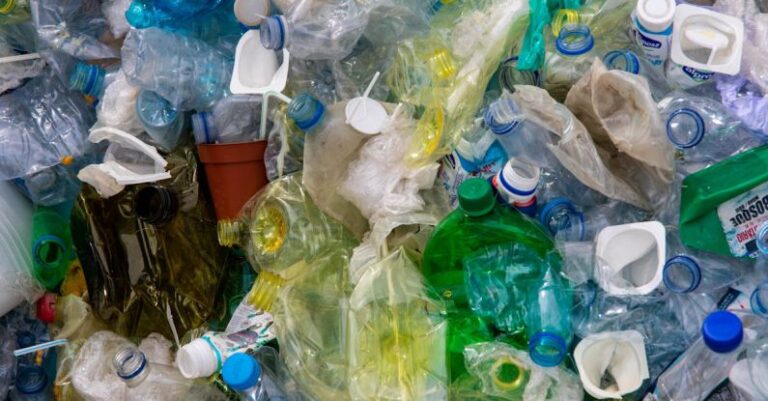
Air pollution is a pressing issue that affects the health and well-being of people worldwide. With the increase in industrialization and urbanization, the level of pollutants in the air continues to rise, posing significant risks to both the environment and human health. In order to combat this problem, it is crucial to implement effective strategies for reducing air pollution. By adopting the right approaches, we can work towards creating a cleaner and healthier environment for current and future generations.
**Promoting Clean Energy Sources**
One of the most effective strategies for reducing air pollution is to promote the use of clean energy sources. Fossil fuels, such as coal and oil, are major contributors to air pollution due to the release of harmful pollutants when burned. By transitioning to renewable energy sources like solar, wind, and hydroelectric power, we can significantly decrease the emission of pollutants into the atmosphere. Investing in clean energy technologies and infrastructure is essential for reducing our reliance on fossil fuels and mitigating air pollution.
**Implementing Stringent Emission Standards**
Another crucial strategy for reducing air pollution is to implement stringent emission standards for industries, vehicles, and other sources of pollution. Setting limits on the amount of pollutants that can be released into the air helps to control pollution levels and protect air quality. Governments and regulatory bodies play a key role in enforcing these standards and ensuring that businesses and individuals comply with regulations. By holding polluters accountable and imposing penalties for non-compliance, we can make significant strides in reducing air pollution.
**Encouraging Sustainable Transportation**
Transportation is a major source of air pollution, particularly in urban areas where traffic congestion is prevalent. Encouraging sustainable transportation options, such as public transit, biking, and walking, can help reduce the emission of harmful pollutants from vehicles. Investing in public transportation infrastructure, promoting carpooling and ridesharing, and incentivizing the use of electric vehicles are all effective ways to minimize the environmental impact of transportation. By making sustainable transportation more accessible and convenient, we can reduce air pollution and improve air quality in our communities.
**Supporting Green Building Practices**
Buildings are another significant source of air pollution, contributing to emissions through energy consumption, heating, and cooling systems. By supporting green building practices that prioritize energy efficiency and sustainability, we can reduce the environmental footprint of buildings and decrease air pollution. Incorporating features such as solar panels, energy-efficient appliances, and proper insulation can help minimize the emission of pollutants and promote a healthier indoor and outdoor environment. Green building certifications and incentives can encourage developers and homeowners to adopt eco-friendly practices that benefit both the environment and public health.
**Raising Awareness and Education**
Raising awareness and educating the public about the impacts of air pollution is essential for driving positive change and fostering a culture of environmental stewardship. By informing individuals about the sources and consequences of air pollution, we can empower them to take action and make informed choices that contribute to cleaner air. Educational campaigns, community outreach programs, and environmental initiatives can all play a role in raising awareness and mobilizing individuals to support efforts to reduce air pollution. Engaging with stakeholders, advocating for policy changes, and promoting sustainable practices are key components of effective awareness-raising strategies.
**In Closing**
Reducing air pollution is a complex and multifaceted challenge that requires a collective effort from governments, businesses, communities, and individuals. By implementing strategies that promote clean energy sources, enforce emission standards, support sustainable transportation, encourage green building practices, and raise awareness, we can make significant progress towards improving air quality and protecting the environment. It is crucial to prioritize the health and well-being of current and future generations by taking proactive steps to address air pollution and create a more sustainable future for all.





